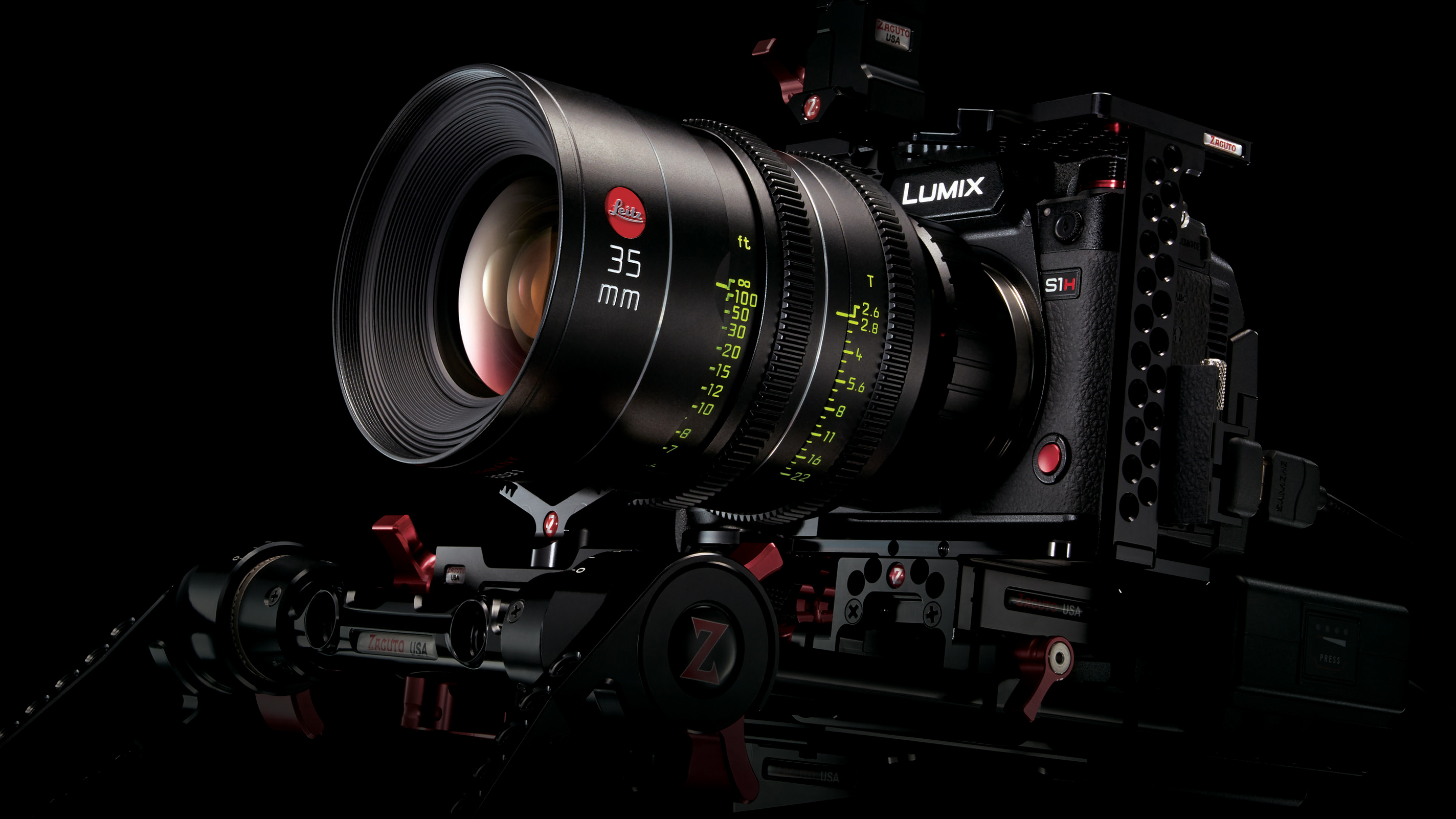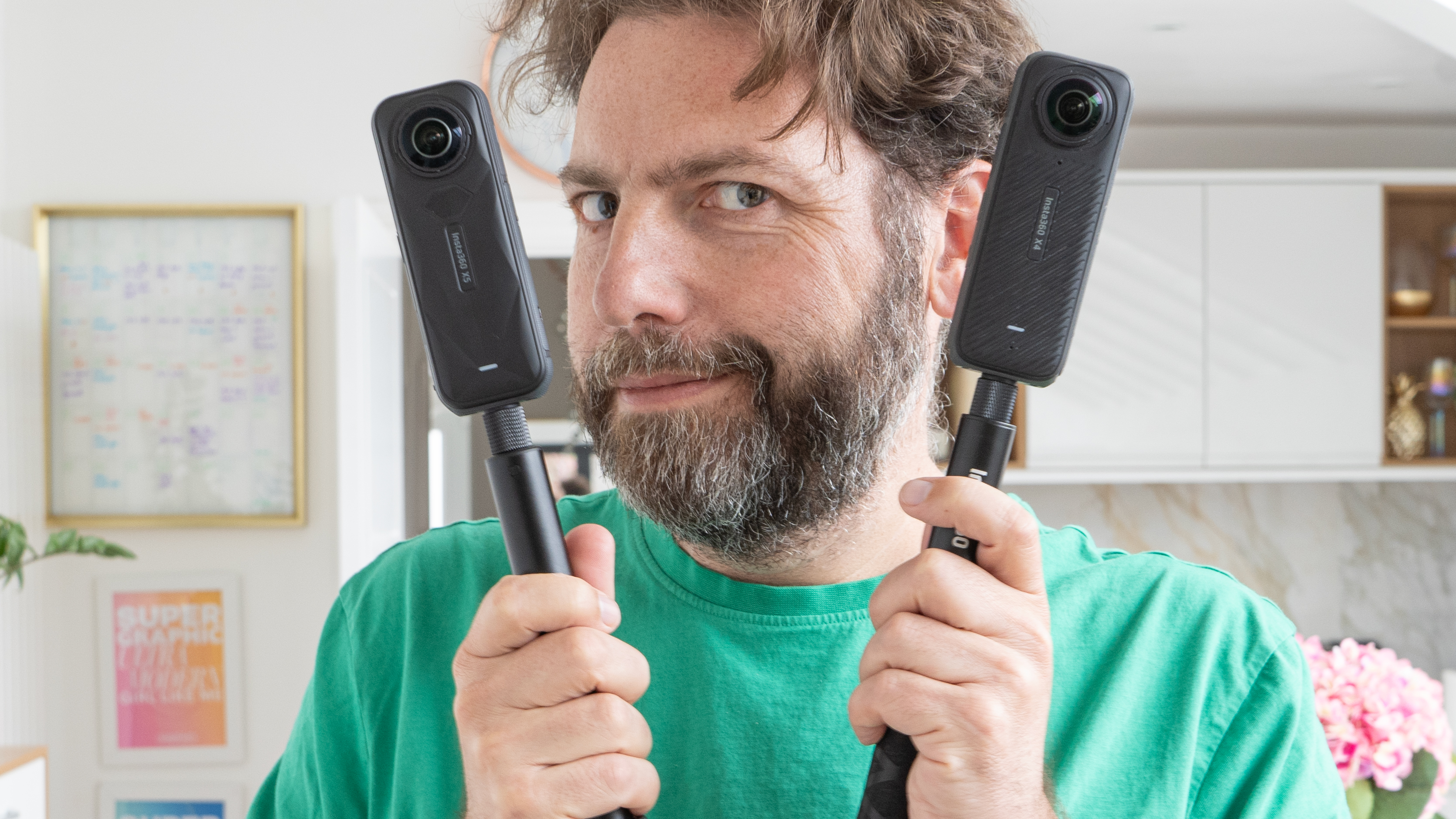Hit moiré where it hurts and banish it forever with this amazing filter
Moiré no more! Kolari Vision offers a mod that gets rid of this unwanted effect – but it will cost you a massive $699 to do so

Have you ever had a wonderful fashion shoot, only to look at your images or video on the back of your camera (or even worse, on your computer when you get home) and noticed that the fabric is making a weird effect? That is called moiré, and it can ruin great images – not just in fashion, but with any subject that features fine repetitive detail when shot with a camera that doesn't have an optical low-pass filter (OLPF), also known as an anti-aliasing (AA) filter.
Well, if you have a camera that lacks one – namely a Panasonic Lumix S1, S1H, S5, S5 II, S5 IIX, GH6 or Sigma fp – your prayers have been answered. The clever folks over at Kolari Vision have developed a low-pass filter modification to stop moiré ever showing up again in your images… but be prepared to spend a pretty penny to get this permanently fixed!
While reports show that this $699 (around £550 / AU$1,050) mod does in fact remove moiré from video and stills (see the YouTube video below for context), that is a massive amount of money to spend on your camera – especially when there is software like Adobe Premiere that has tools to remove moiré.
However, it has to be said that Premiere doesn't completely remove it – just reduces it in video – hence why this $699 investment could be the best thing you do to your cameras.
It appears a lot of research has been done by Kolari Vision before offering this modification. "Understanding the frustrations and challenges faced with moiré interference, we dedicated months to extensive research and development," says the manufacturer on the product page.
"Now, after rigorous testing and refinement, we’re excited to unveil our OLPF/AA Filter Upgrade specifically tailored for Panasonic Lumix S1 and S5 Cameras."
This advanced service entails replacing your camera's current ultraviolet / infrared cut filter with an enhanced version. This upgrade effectively reduces moiré patterns, enabling you to maximize the usability of your footage and images even after extended shooting sessions.
Get the Digital Camera World Newsletter
The best camera deals, reviews, product advice, and unmissable photography news, direct to your inbox!
It does come with a few caveats, though; white balance may be affected by certain lenses (though this can be remedied by dialing in a custom kelvin value) and dust reduction systems are disabled. In addition, as with any third-party modification, the procedure will invalidate your warranty – so proceed with caution!
I'd say if you have invested significantly in a camera for video then the possible $699 modification could be your savior to keep you using the system. And by looking at the results, it works!
You might be interested in the best Panasonic cameras, which rank among the best cameras for filmmaking.

For nearly two decades Sebastian's work has been published internationally. Originally specializing in Equestrianism, his visuals have been used by the leading names in the equestrian industry such as The Fédération Equestre Internationale (FEI), The Jockey Club, Horse & Hound, and many more for various advertising campaigns, books, and pre/post-event highlights.
He is a Fellow of the Royal Society of Arts, holds a Foundation Degree in Equitation Science, and holds a Master of Arts in Publishing. He is a member of Nikon NPS and has been a Nikon user since his film days using a Nikon F5. He saw the digital transition with Nikon's D series cameras and is still, to this day, the youngest member to be elected into BEWA, the British Equestrian Writers' Association.
He is familiar with and shows great interest in 35mm, medium, and large-format photography, using products by Leica, Phase One, Hasselblad, Alpa, and Sinar. Sebastian has also used many cinema cameras from Sony, RED, ARRI, and everything in between. He now spends his spare time using his trusted Leica M-E or Leica M2, shooting Street/Documentary photography as he sees it, usually in Black and White.

